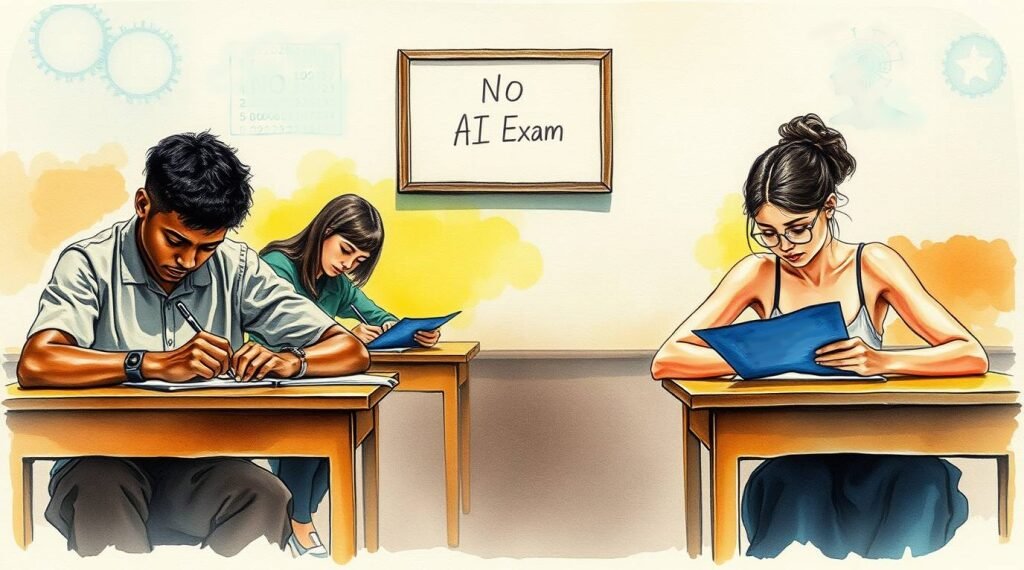Bonnie Morris requires her history students at the University of California, Berkeley, to buy 25-cent blue books for midterm examinations. She values the opportunity to observe their writing in person, a practice that is increasingly uncommon in academic settings where typed submissions and assistance from technology are prevalent.
The popularity of these booklets, once integral to the collegiate experience for Generation X and Baby Boomers, has diminished over time. Nonetheless, some educators have revived the use of handwritten responses after the Covid19 pandemic, citing advantages such as enhanced critical thinking, reduced cheating, and the identification of skills needing improvement.
Dr. Morris says that asking students to write essays in blue books presents some challenges because many students, only familiar with typing, write at a slow pace. Many students see the use of blue books, dating back to the 1920s at Butler University, as old-fashioned.
The emergence of artificial intelligence has resulted in many educators reverting to traditional assessment methods to gauge true understanding. The difference reveals the clear influence of AI on students’ writing. Dr. Morris has seen increasing similarities in many longer student papers that are typed, implying a reliance on AI tools like ChatGPT for aid in structuring assignments. The issue of teaching students to properly use these technologies remains crucial, since AI may lead to significant ethical, societal and workforce shifts.
The ainewsarticles.com article you just read is a brief synopsis; the original article can be found here: Read the Full Article…


